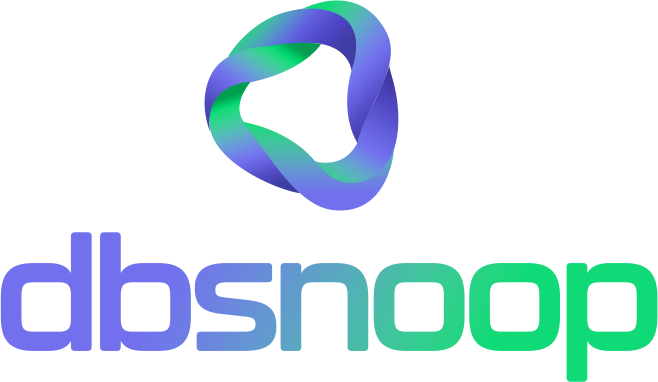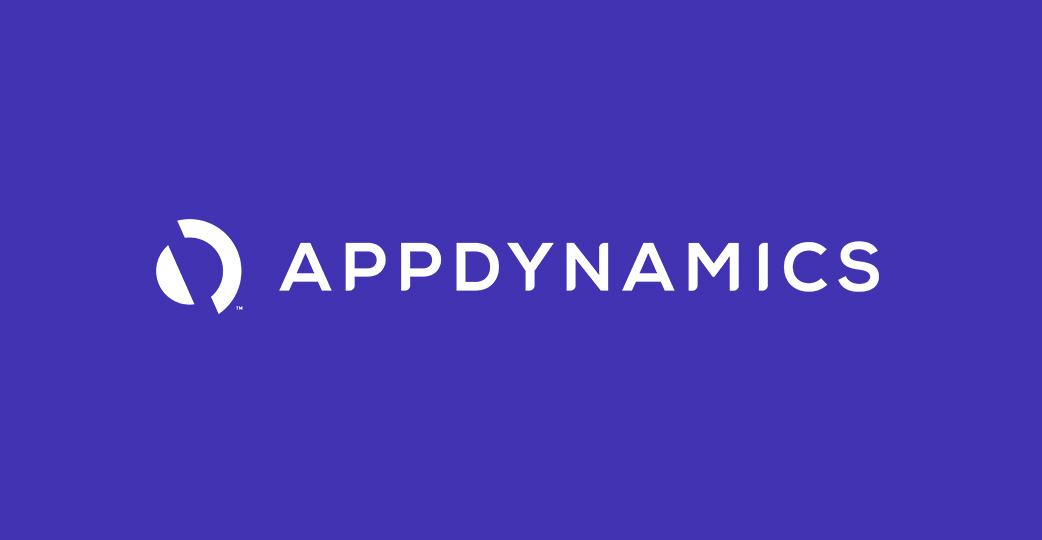AppDynamics is an application performance monitoring (APM) platform, designed to track, analyze, and optimize application performance across the entire lifecycle. Developed by Cisco, AppDynamics offers a comprehensive view of the application lifecycle, allowing companies to monitor their infrastructure, identify bottlenecks, and improve user experience proactively.
In this article, we explore what AppDynamics is, its key features, benefits, and why it is an essential tool for ensuring the performance of your applications.
Key Features of AppDynamics
- Application Performance Monitoring (APM):
AppDynamics provides deep insight into the performance of applications, from front-end to back-end, offering complete visibility. - Business Transaction Tracing:
With AppDynamics, it’s possible to trace a transaction across the full application lifecycle, identifying failures and performance bottlenecks along the way. - Anomaly Detection:
AppDynamics uses machine learning to identify performance anomalies and predict failures before they affect users. - Infrastructure Monitoring:
In addition to application monitoring, AppDynamics provides detailed visibility into servers, databases, and cloud services (AWS, Azure, Google Cloud), enabling resource optimization. - Container and Kubernetes Monitoring:
AppDynamics allows monitoring of microservices environments, such as containers and Kubernetes, in real-time. - Root Cause Analysis:
Through its artificial intelligence, AppDynamics provides automatic root cause analysis, identifying areas where performance can be optimized. - Real User Monitoring (RUM):
AppDynamics provides a real-time view of user interactions with applications, allowing companies to optimize user experience before performance impacts occur. - Custom Dashboards and Reports:
AppDynamics offers customizable dashboards and reports that simplify failure and anomaly analysis, helping IT teams track critical metrics and make informed decisions.
How Does AppDynamics Work?
AppDynamics works through the installation of lightweight agents in production environments. These agents are responsible for collecting real-time data from applications, which is sent to the central platform for analysis. Artificial intelligence and machine learning help identify patterns, detect anomalies, and suggest performance improvements.
The platform monitors transaction flow from end to end, tracing from when a user accesses the application to the back-end processing. With this unified view, companies can gain total control over application behavior and quickly identify any bottlenecks or issues impacting performance.
Benefits of Using AppDynamics
- Full-Stack Visibility:
AppDynamics offers complete lifecycle visibility, from the application layer to the underlying infrastructure, including servers, databases, and cloud services, allowing more efficient management. - Mean Time to Resolution (MTTR) Reduction:
With anomaly detection and root cause analysis, App Dynamics helps IT teams quickly identify and resolve issues, reducing downtime and impact on users. - Resource Optimization:
App Dynamics simplifies the identification of resource usage bottlenecks and suggests improvements in the allocation of servers, memory, and processing. - Enhanced User Experience:
With real-time user experience monitoring, AppDynamics helps companies ensure a smooth and uninterrupted user experience. - Cloud and Microservices Integration:
Its robust support for multi-cloud and microservices environments makes AppDynamics an excellent choice for companies operating in dynamic and complex architectures. - AI and Machine Learning Integration:
Integrated machine learning helps teams automate detection and decision-making, making IT teams more efficient and proactive in failure resolution.
Comparing AppDynamics to Other Tools
When comparing other APM and monitoring solutions, App Dynamics stands out for its automation and real-time data analysis. It offers a solid experience for teams seeking to optimize both application performance and user experience.
- App Dynamics vs. Dynatrace:
While Dynatrace focuses more on full-stack automation and AI, App Dynamics is more customizable and suitable for teams that prefer manual control over dashboards. - App Dynamics vs. New Relic:
Both are similar in many areas, but App Dynamics excels in root cause analysis, making it more effective in preventing business impacts. - App Dynamics vs. Datadog:
Datadog is a more agile monitoring solution focused on logs and infrastructure, while App Dynamics specializes in application performance monitoring.
Pricing
The APM follows a subscription-based model, with pricing adjustable according to the number of monitored instances or hosts. Interested companies can try a free demo to understand how the platform works and assess if it meets their specific needs.
Conclusion
AppDynamics is a robust platform for monitoring application and infrastructure performance, designed to ensure operational efficiency and optimized user experience. Its advanced automation features, root cause analysis, cloud and microservices support make it a versatile choice for companies managing complex applications. However, its focus is on application performance, while specialized tools like dbsnOOp focus on database performance monitoring, making it the ideal choice for organizations needing more in-depth database analysis.
In comparison, dbsnOOp stands out for its exclusive focus on databases, offering predictive insights with the aid of artificial intelligence and tools aimed at improving performance and operational efficiency. dbsnOOp provides deeper analysis in critical areas related to databases, with specialization that allows the proactive detection of bottlenecks and issues, making it the ideal choice for companies seeking detailed monitoring and customized solutions for database environments.
Additionally, dbsnOOp presents advanced APM (Application Performance Monitoring) features that not only monitor database performance in real-time but also reduce MTTR (Mean Time to Resolution), quickly and efficiently eliminating bottlenecks. By detecting problems and optimizing queries before they affect the system, dbsnOOp significantly improves SLAs (Service Level Agreements), ensuring greater reliability and availability for monitored services. This combination of specialized monitoring and performance focus offers companies stricter control over their databases, increasing operational efficiency and improving the end-user experience.
Give it a try for 14 days, no burocracy, no credit card
Learn more about Flightdeck!



